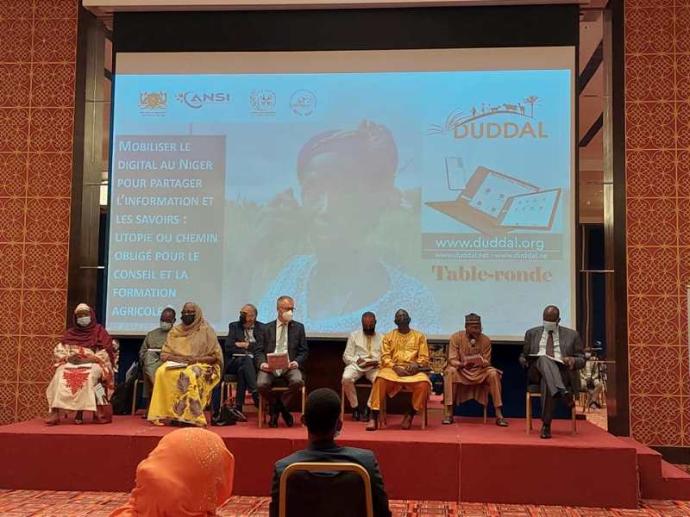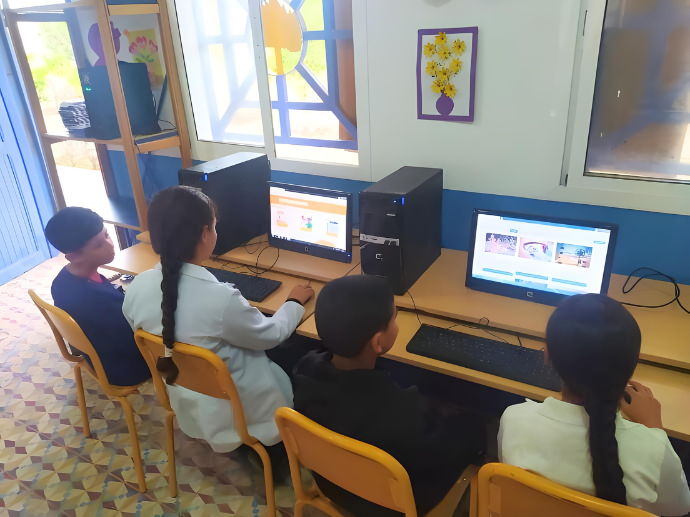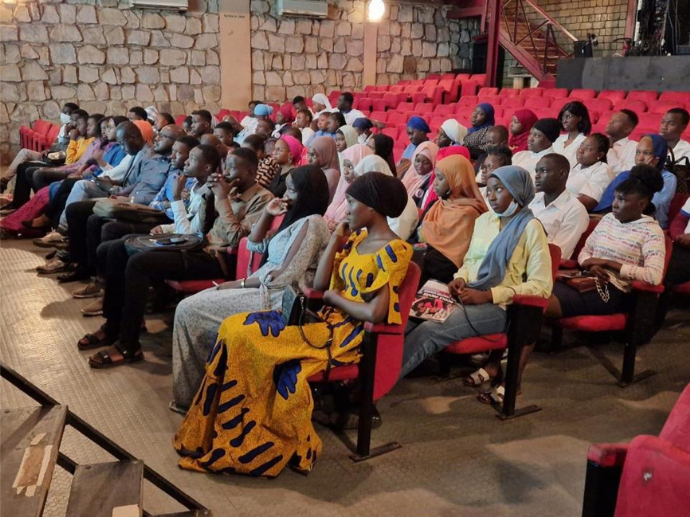Au cours de la dernière décennie, l’Afrique a connu une transformation numérique rapideOver the past decade, Africa has undergone a rapid digital transformation, largely driven by the rise of mobile phones. The fall in data prices and the surge in video consumption do more than just improve access to entertainment—they are redefining digital habits, transforming local economies, facilitating access to education and healthcare, and creating new opportunities for businesses and content creators. However, these shifts also come with challenges: infrastructure strain, persistent digital divides, and the need to support populations unfamiliar with digital tools.
Falling Data Prices: Toward Accelerated Digital Inclusion
Greater Accessibility
Lower mobile data costs—often driven by competition among operators and the arrival of new players like Starlink—make mobile internet more affordable for middle- and low-income populations. In countries like Kenya and Nigeria, daily data bundles have become the norm, enabling more people to get online, even intermittently.
Expanding the User Base
Millions of new users who were previously excluded from the digital world are now entering the ecosystem. This creates new markets for online services such as messaging, e-commerce, education, and mobile banking. It also supports the growth of African tech startups that tailor their offerings to these new consumers.

Changing Business Models for Telecom Operators
As average revenue per user declines but data usage explodes, operators are forced to:
Develop unlimited or “freemium” data plans,
Invest in stronger infrastructure (fiber optics, 4G/5G towers),
Form partnerships with video or educational platforms to offer attractive bundles.
Video: A Catalyst for New Usage and Local Content
A Dominant Format Among Youth
Young Africans spend a large portion of their online time watching videos—tutorials, entertainment, music, vlogs, and live streams. This mobile-first generation favors visual and interactive formats over text-based content.
Boom in Local Content Creation
With simple tools (smartphones + internet access), young creators and influencers are producing content in local languages, reflecting Africa’s cultural and social realities.
Platforms like TikTok, YouTube, and Instagram now offer growing monetization opportunities, encouraging the professionalization of content creators and fueling a thriving African creative economy.
New Formats for Businesses
Small and Medium Enterprises (SMEs) are using short videos to promote their products and services. Mobile video marketing is becoming essential to reach customers, through product tutorials, customer testimonials, or demo videos.

Education & Healthcare: Using Video to Bridge Structural Gaps
More Accessible Digital Education
Thanks to video, students can access lessons even without formal school infrastructure. Platforms like Ubongo Kids, Watobe andKytabu use cartoons and educational clips on low-cost phones or tablets. This helps reduce the learning gap between urban and rural students and promotes self-directed learning.
Healthcare: Access to Vital Information
NGOs and public health institutions use explanatory videos (often in local languages) to raise awareness about reproductive health, hygiene, and vaccinations.
Community health workers also use offline videos via USB drives or tablets to train and inform patients in remote areas.
E-Commerce & the Digital Transformation of SMEs

Selling via Social Media and Video Commerce
Social commerce is booming: sellers use WhatsApp, Facebook, and TikTok to showcase products through videos, answer questions live, and complete transactions.
Video helps build trust with customers, especially where formal e-commerce platforms are less accessible.
Digitizing Small Businesses
Microenterprises in sectors like crafts, agri-food, or fashion use simple promotional videos to reach both local and international customers. This allows them to gradually integrate into the digital economy—even without websites or advanced tech skills.
Ongoing Challenges and Future Needs
Infrastructure Under Pressure
The explosion in video traffic strains telecom networks. Without major investment in fiber and backhaul, risks such as congestion, latency, and quality degradation will arise.
Persistent Access Inequalities
Despite falling prices, video access remains limited for some groups:
Rural areas lacking 4G/5G coverage,
Users who cannot afford smartphones or adequate data plans,
Language barriers and low digital literacy.

Regulation & Harmful Content
Viral video content can also spread misinformation, hate speech, or scams if no effective regulation or moderation is in place.
In Summary…
The drop in mobile data costs, combined with the explosion of video consumption, is one of the most powerful drivers of digital transformation in Africa today. By making the internet more accessible, these two forces are accelerating digital inclusion.
Video, in particular, is emerging as a central medium for communication, learning, and economic development—popularizing local content, sparking creativity, and improving access to essential services. It’s redefining how Africans learn, engage, shop, and share.
However, to ensure this revolution benefits everyone, continued efforts are needed: strengthening digital infrastructure, making devices more affordable, improving network coverage, promoting digital literacy, and regulating content in a balanced way.
 Duddal
Duddal SOS Village d'Enfants Niger
SOS Village d'Enfants Niger



How Falling Data Prices & Rising Video Consumption Are Shaping the Market?